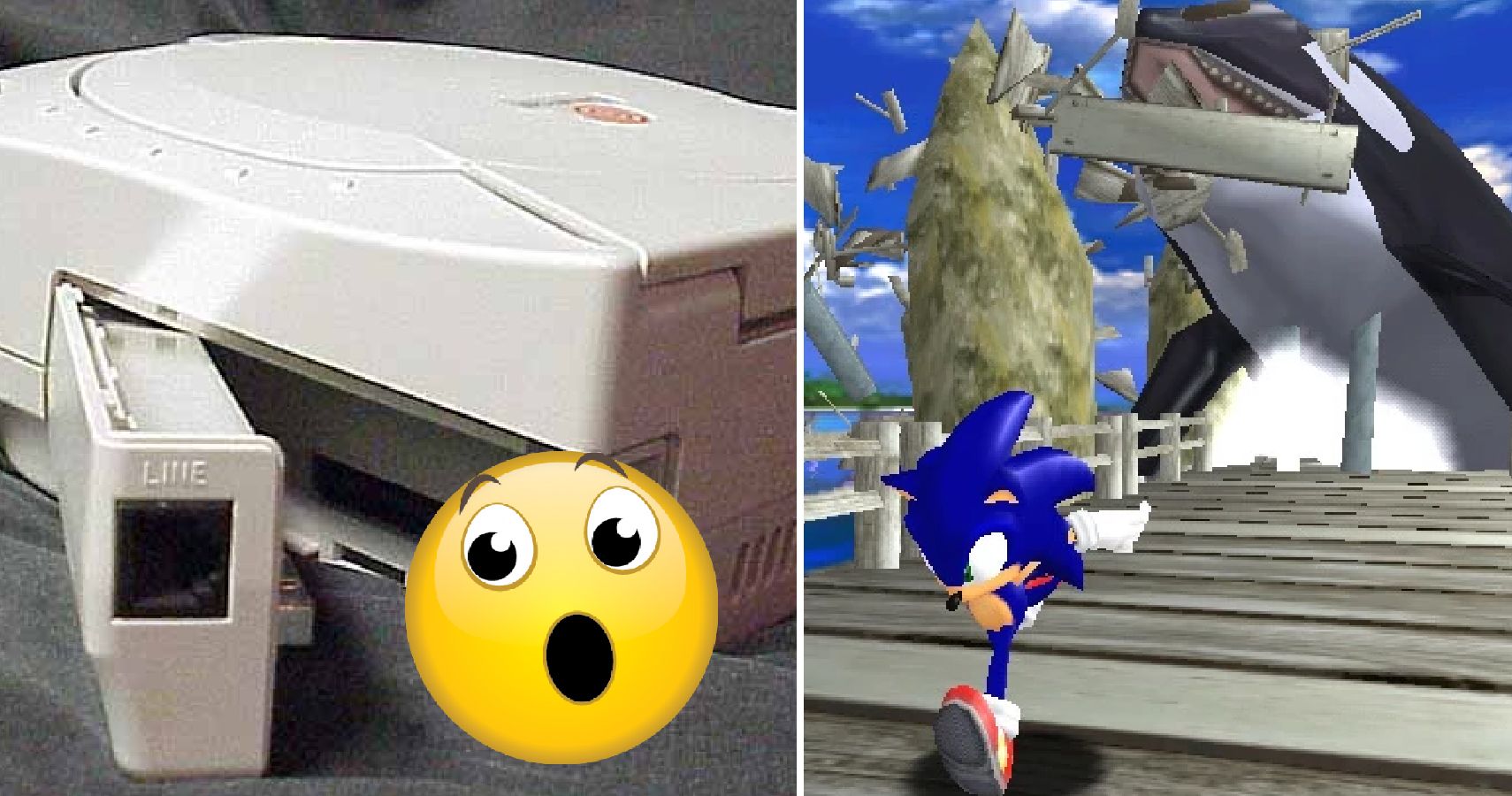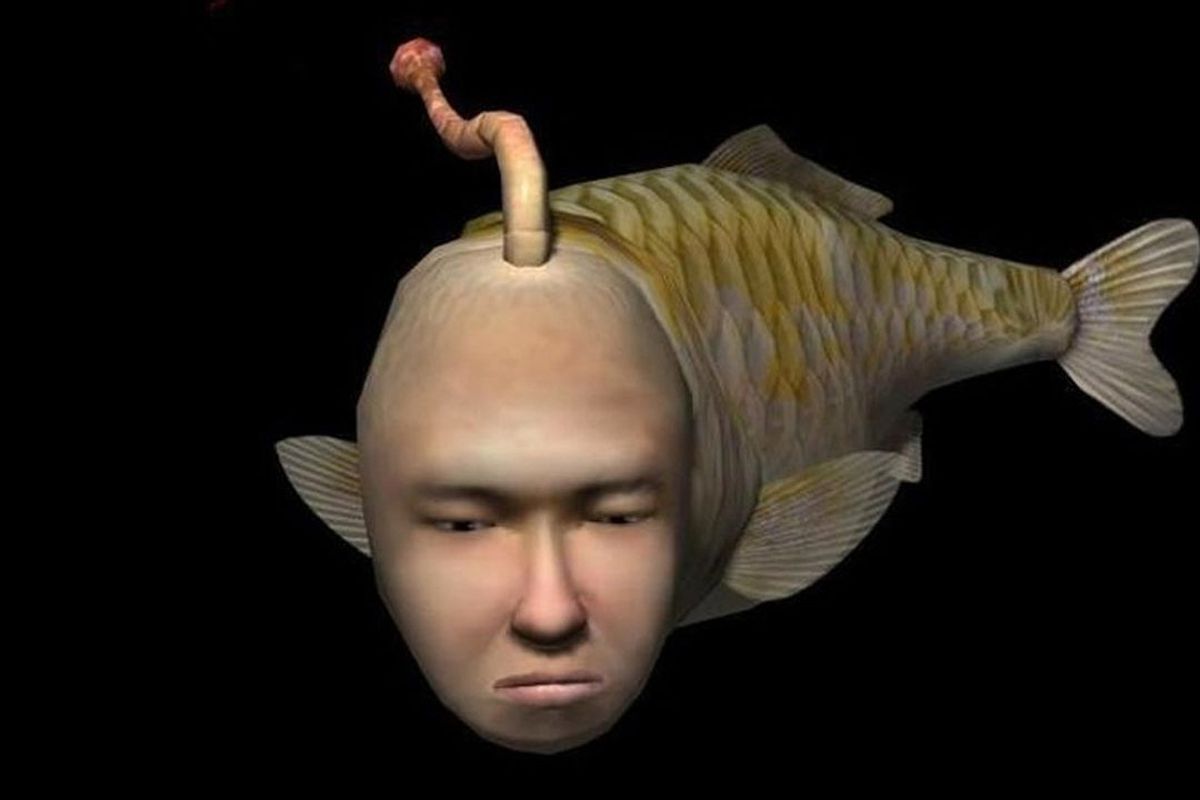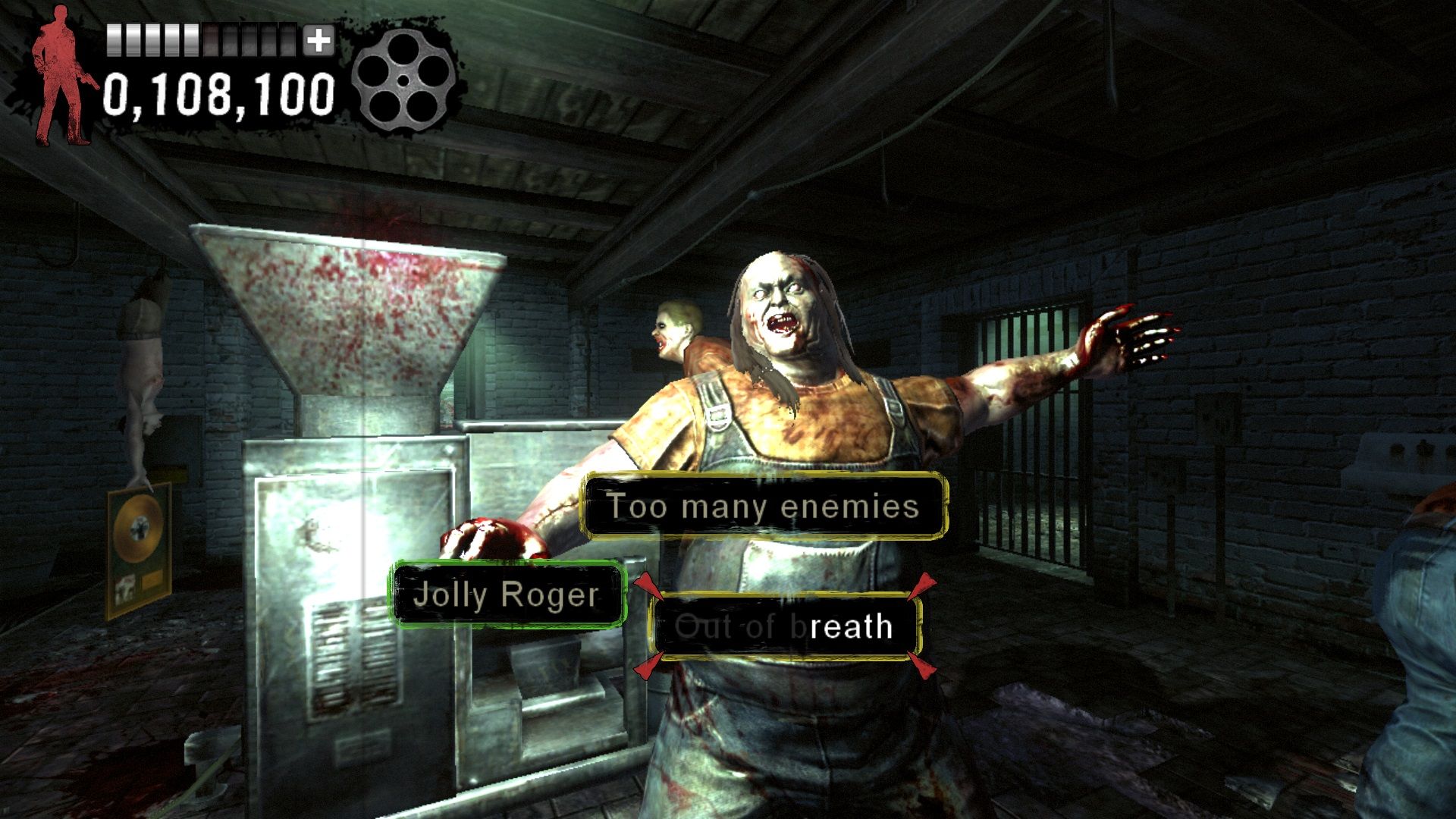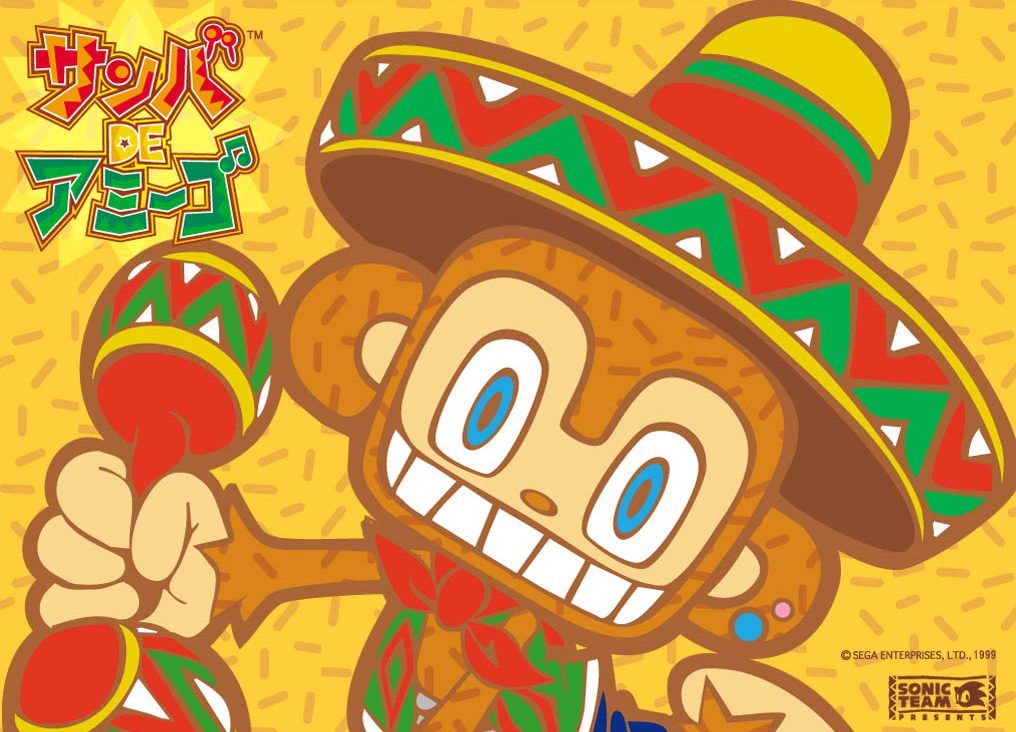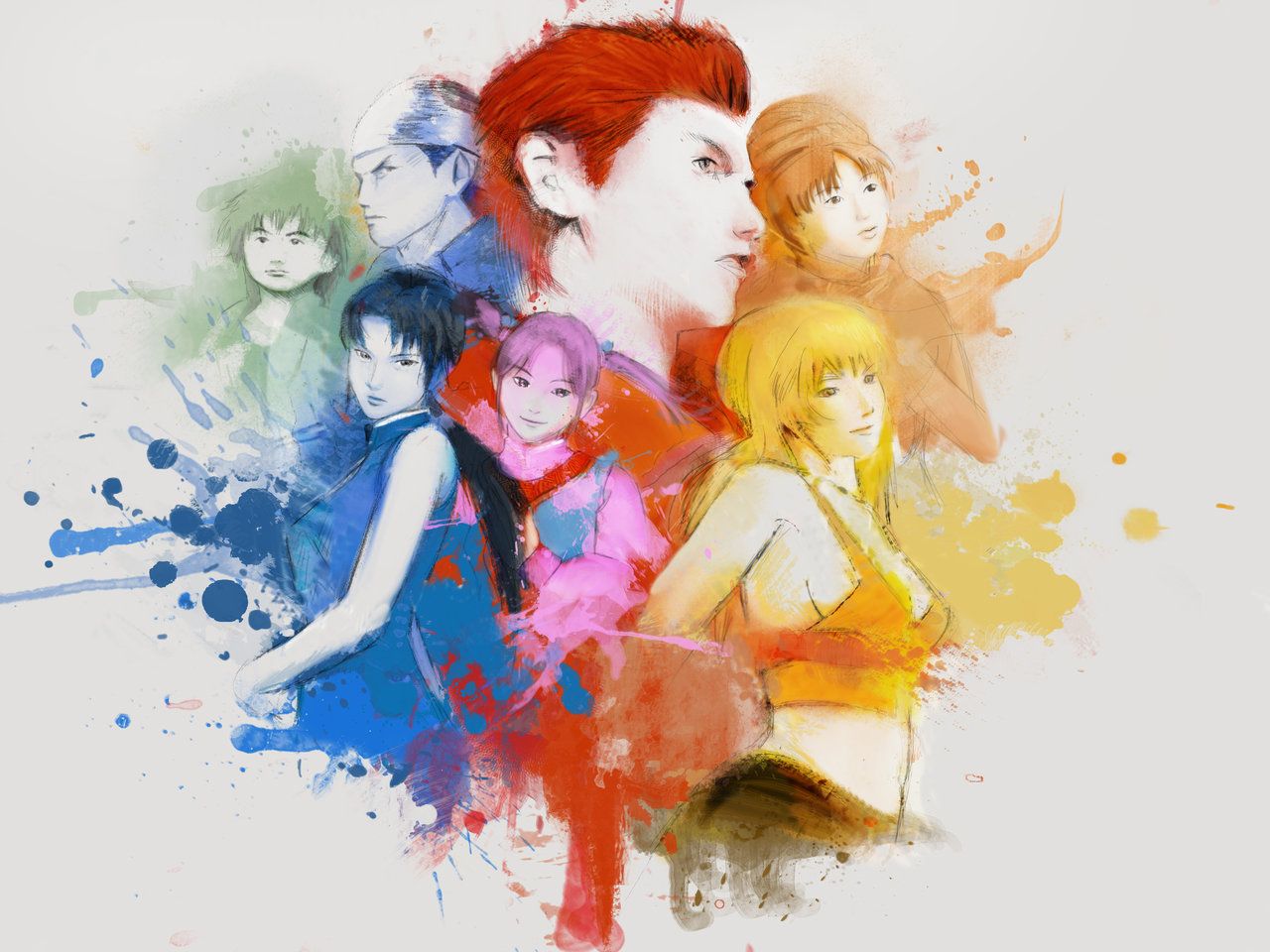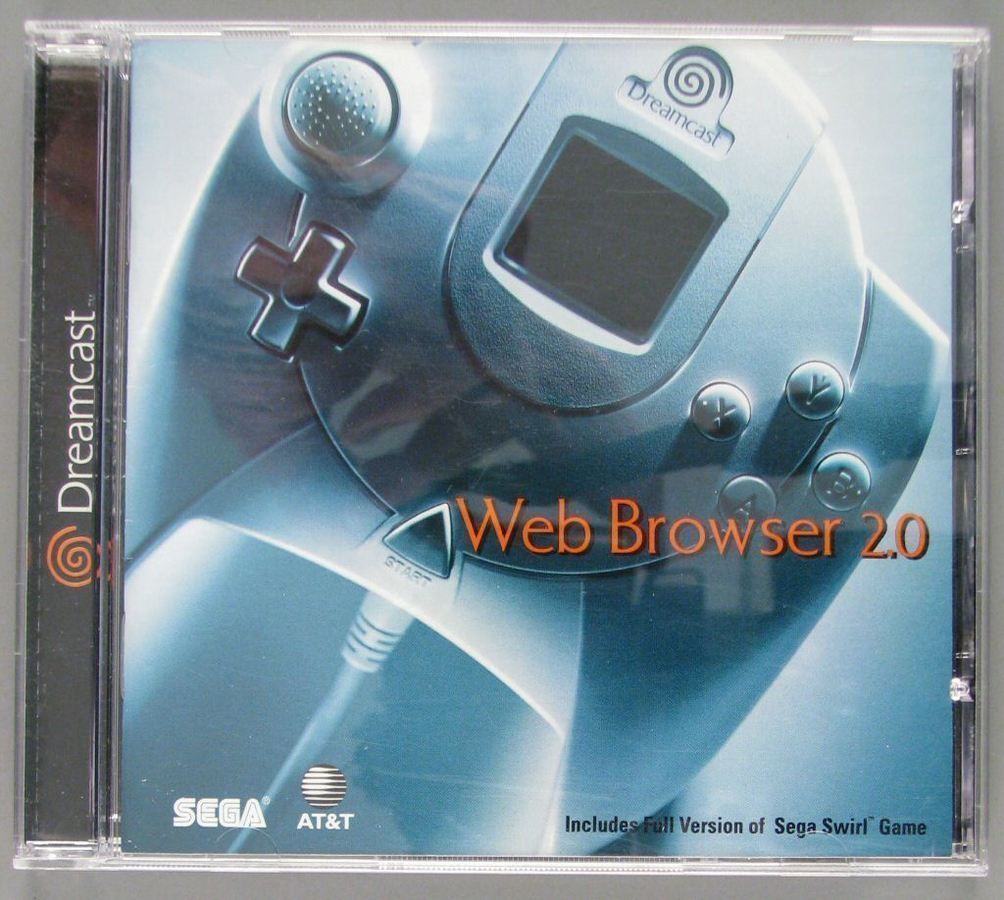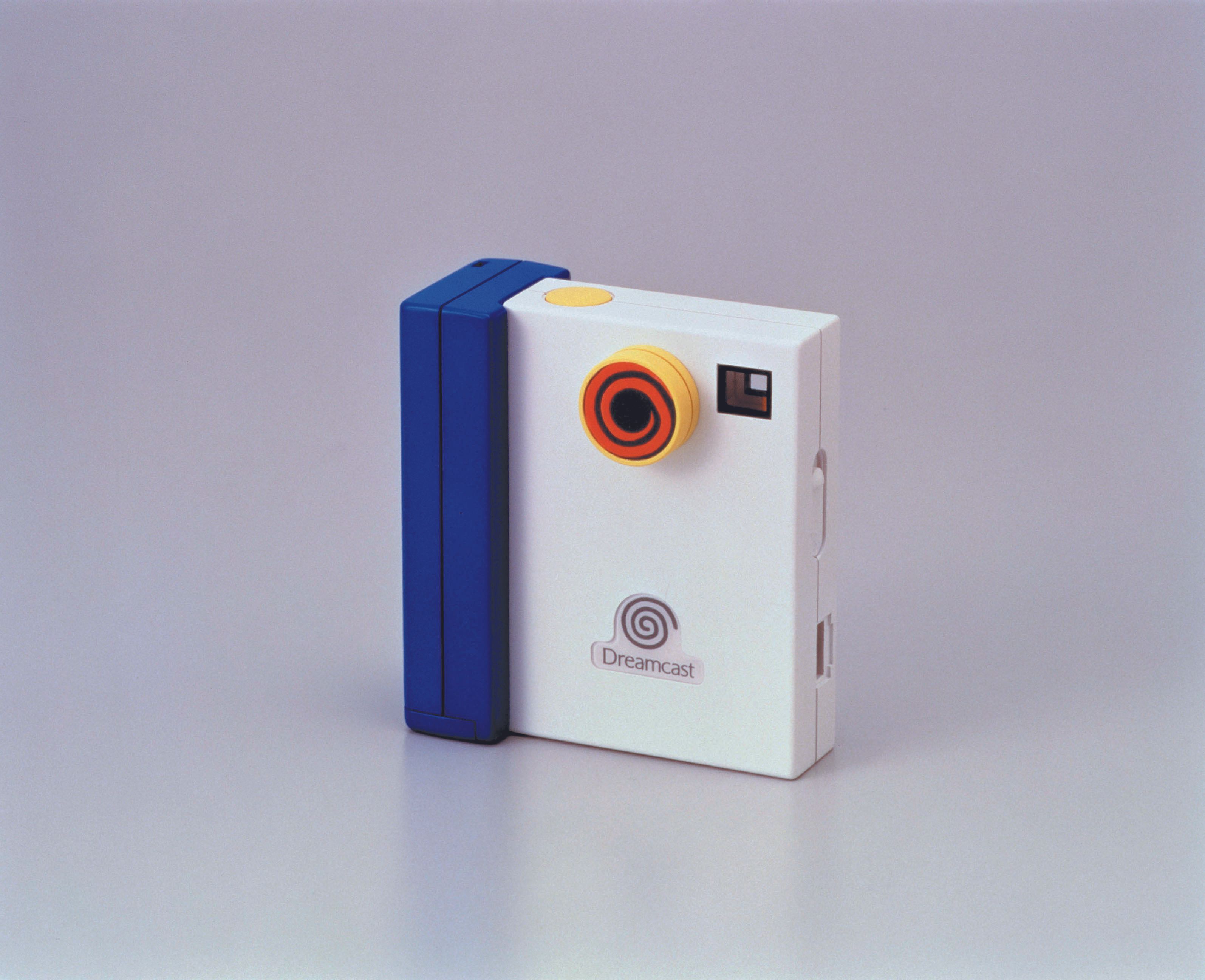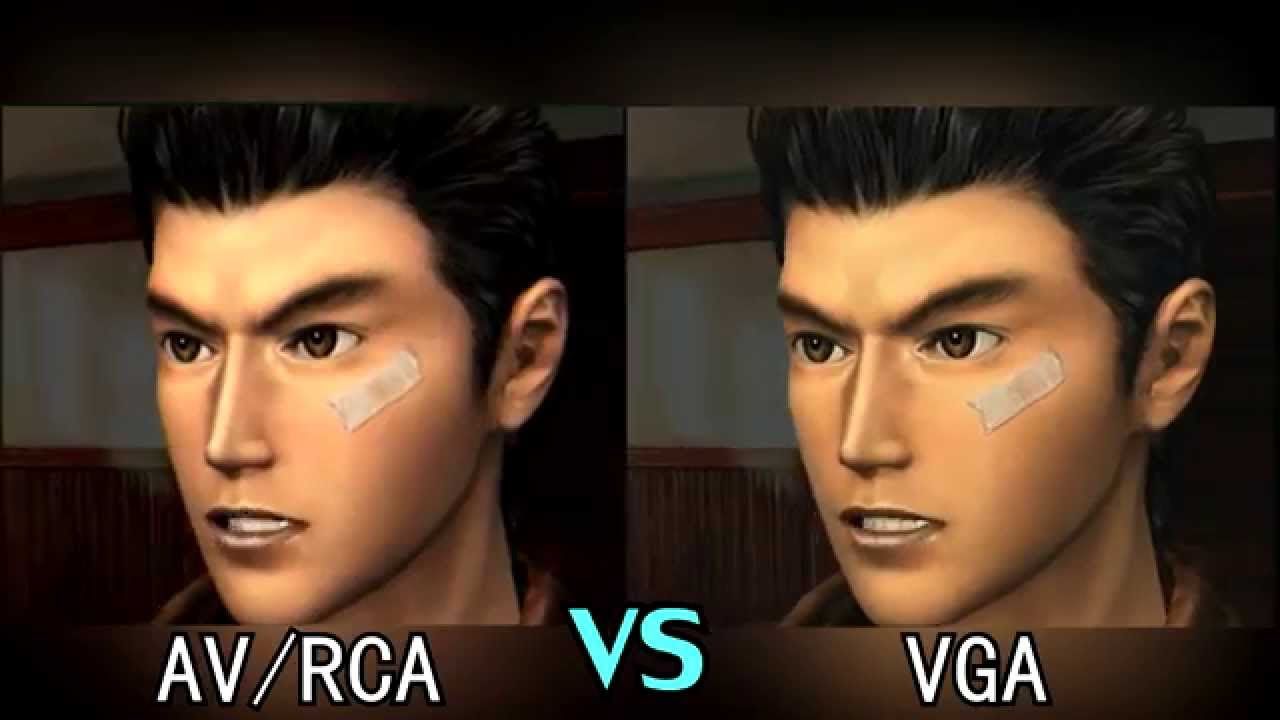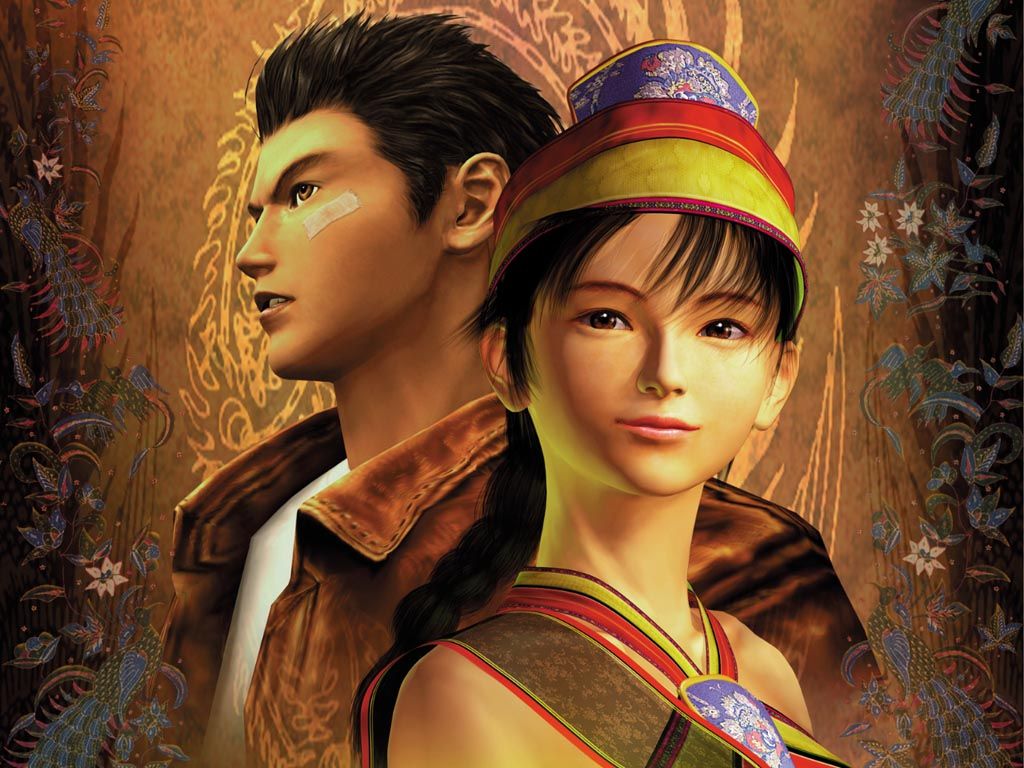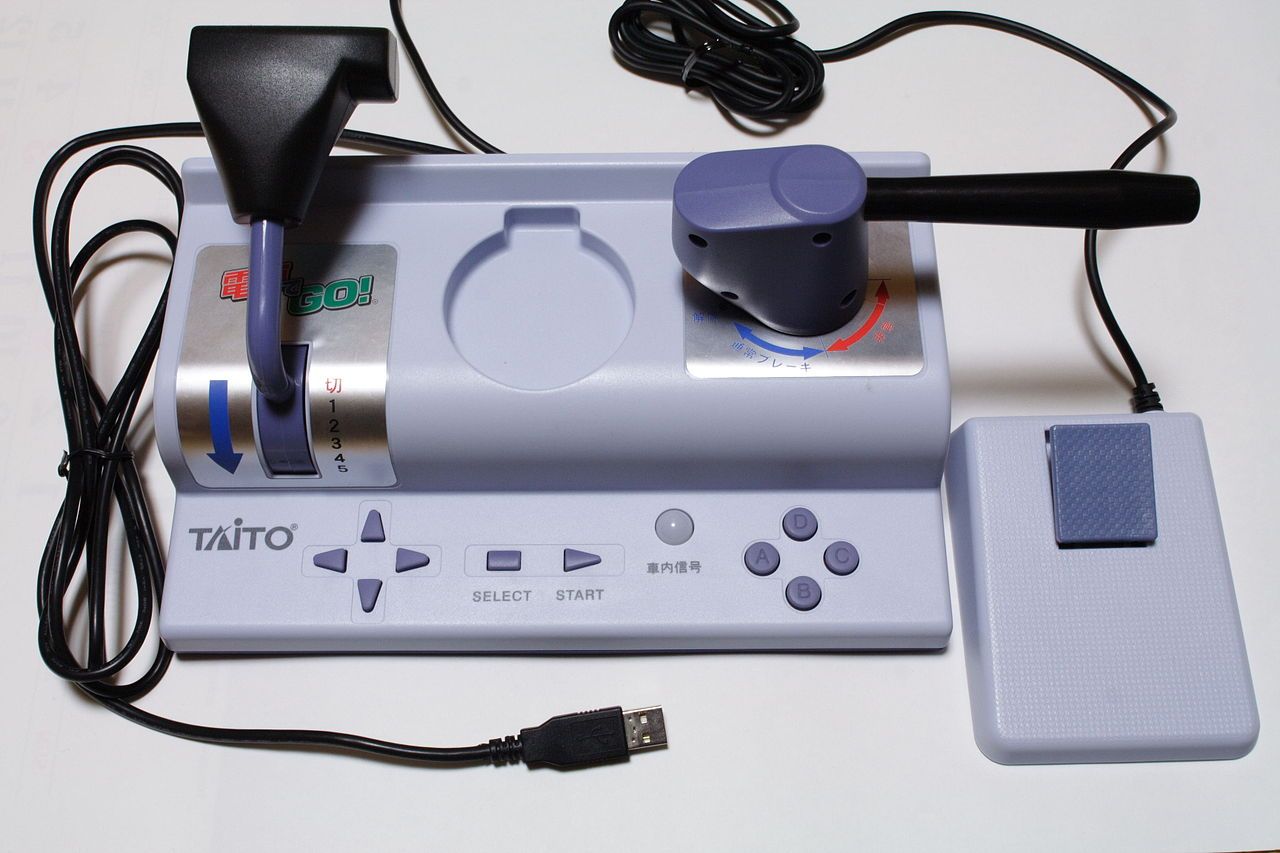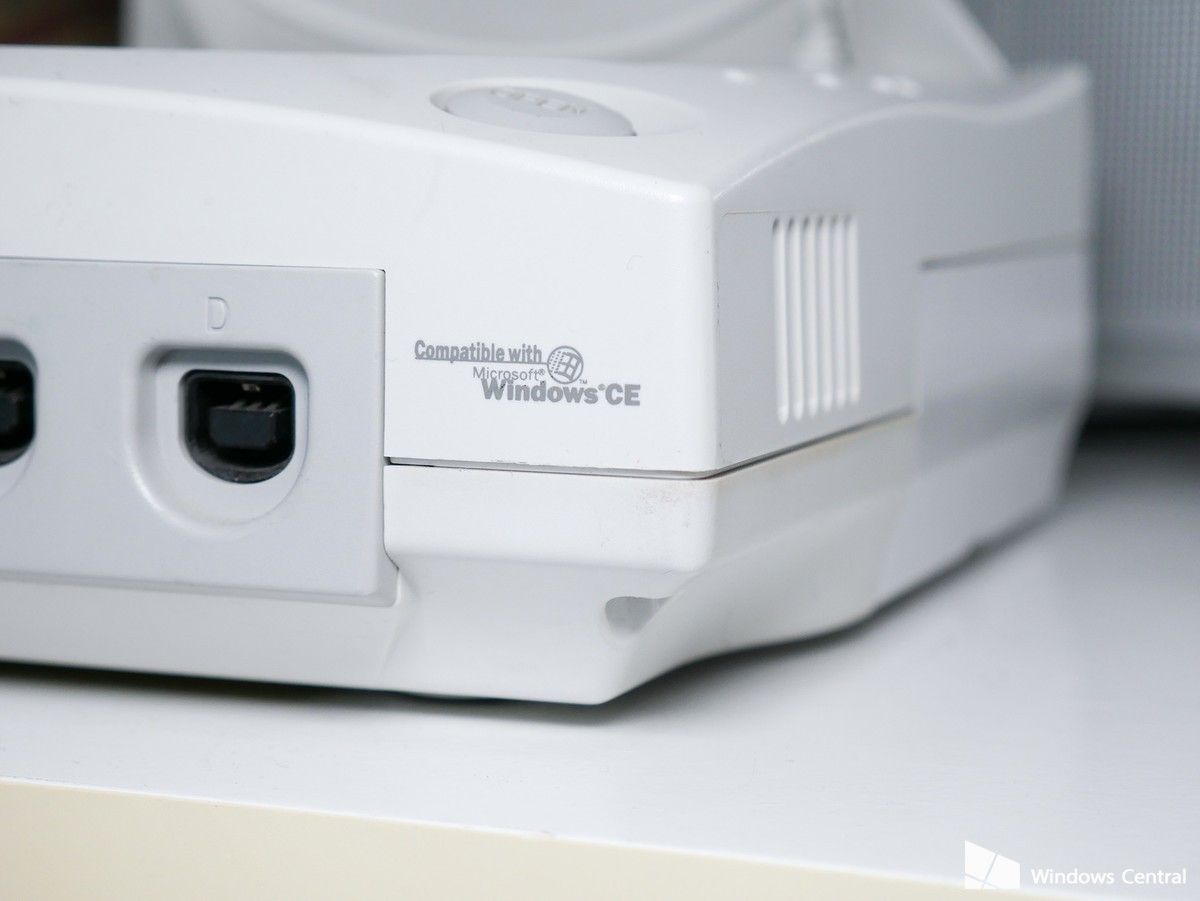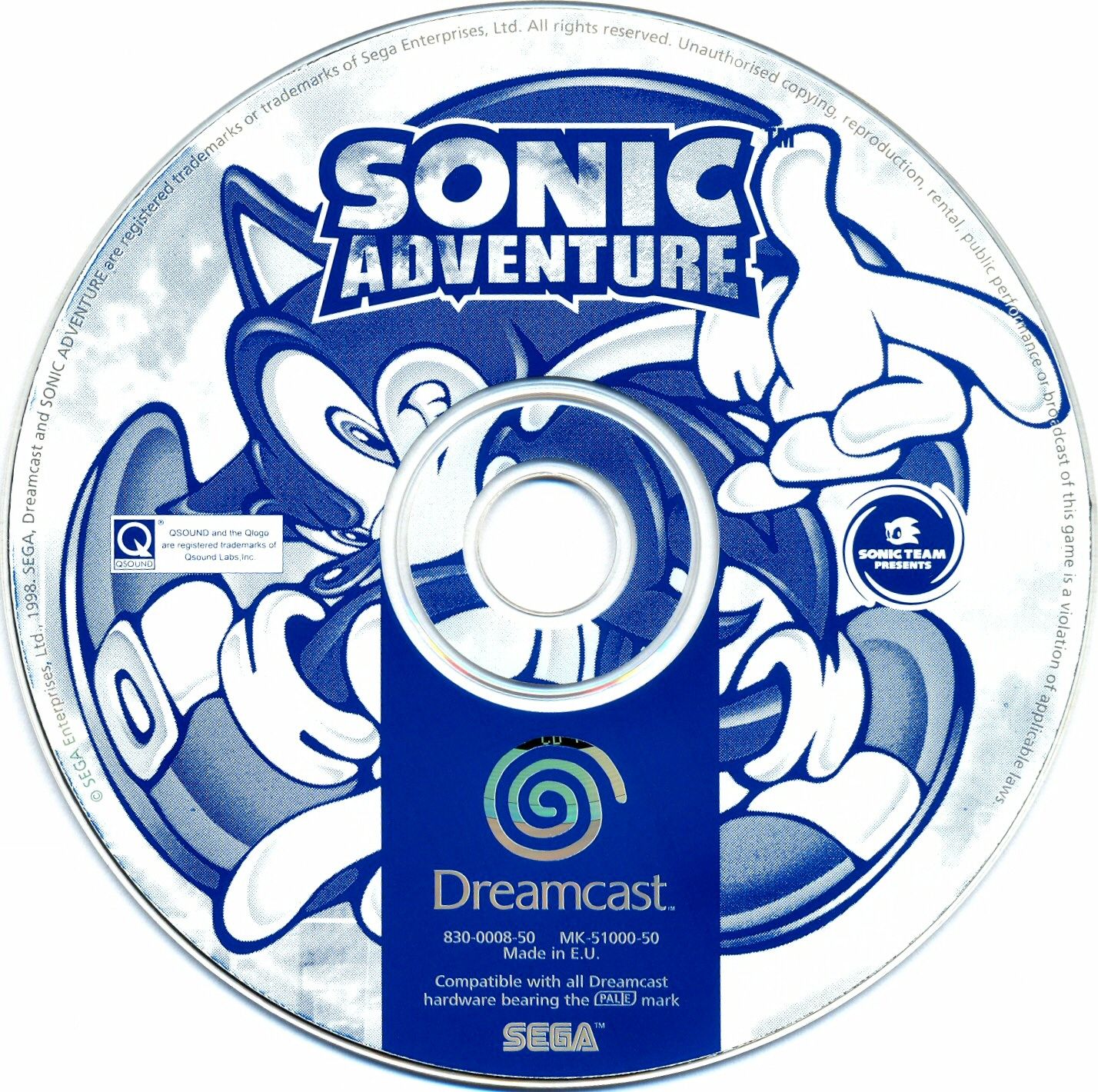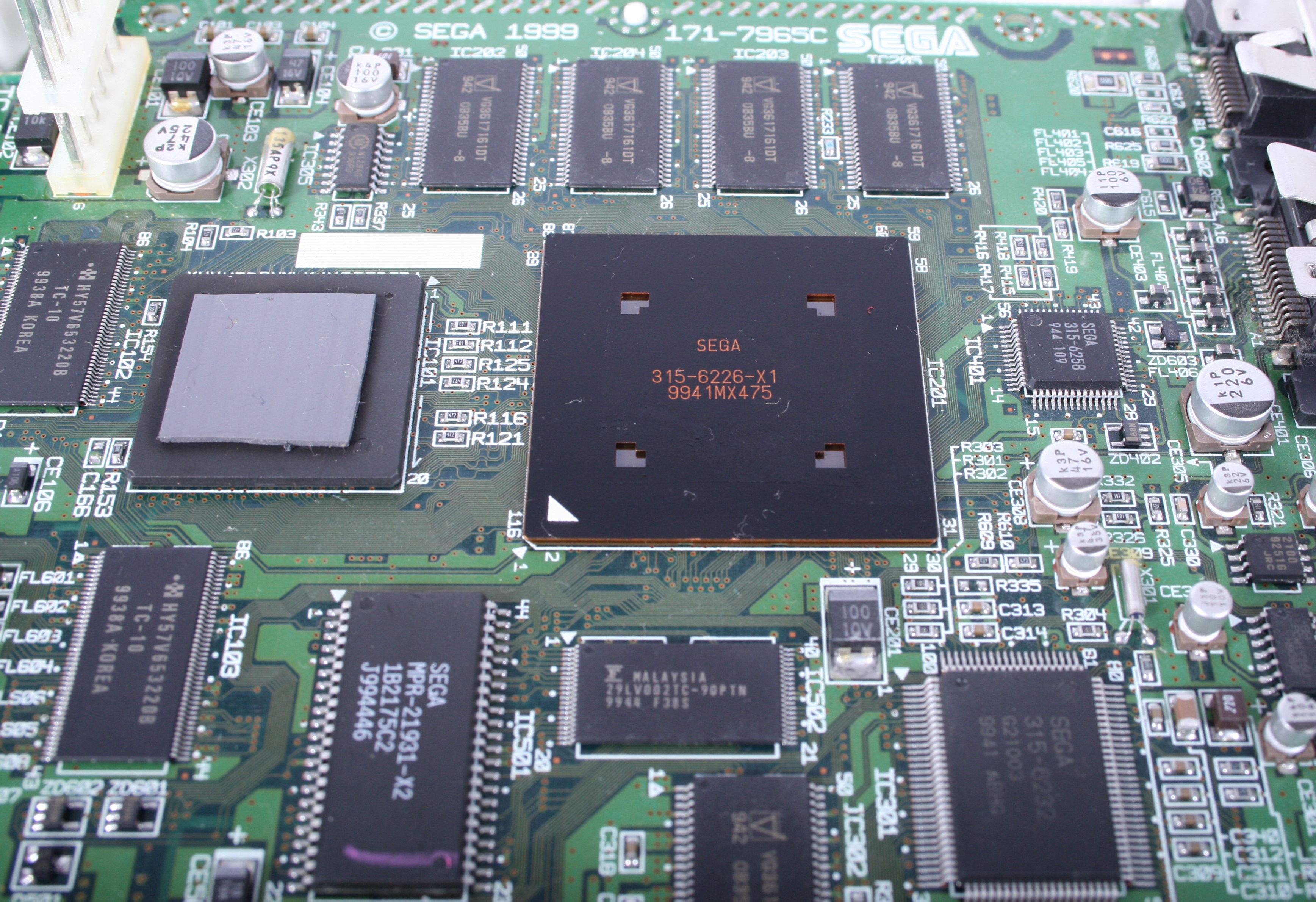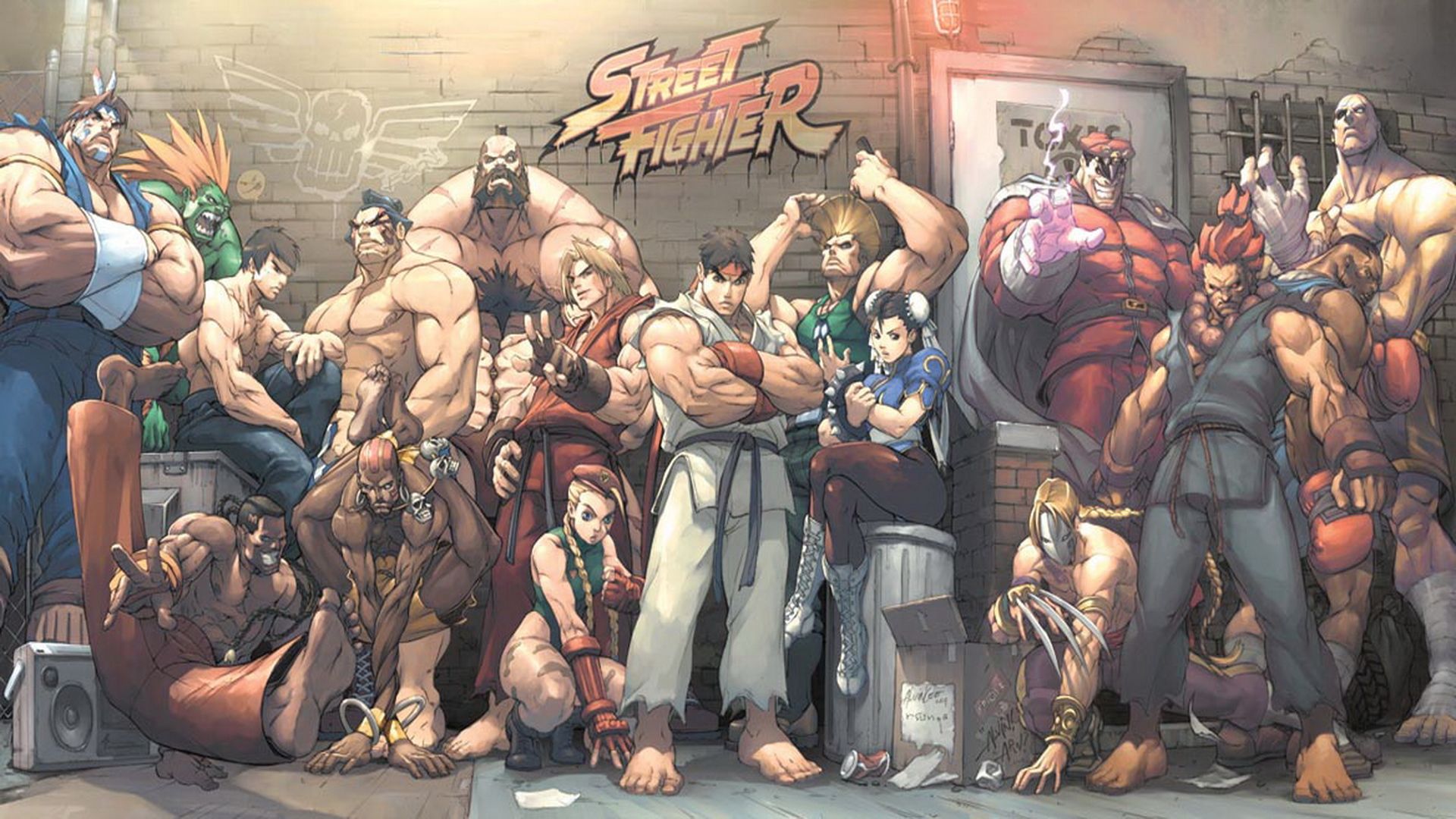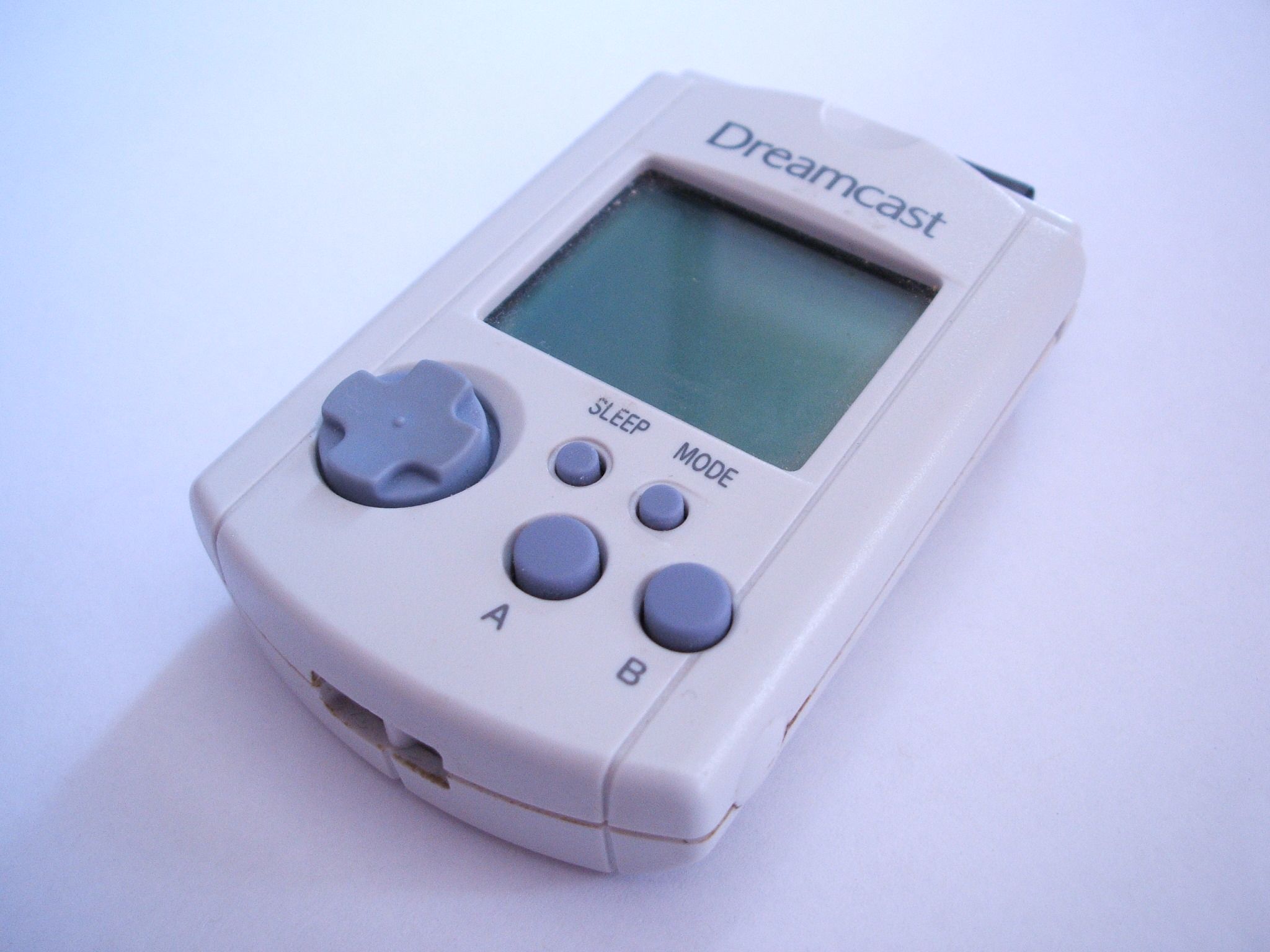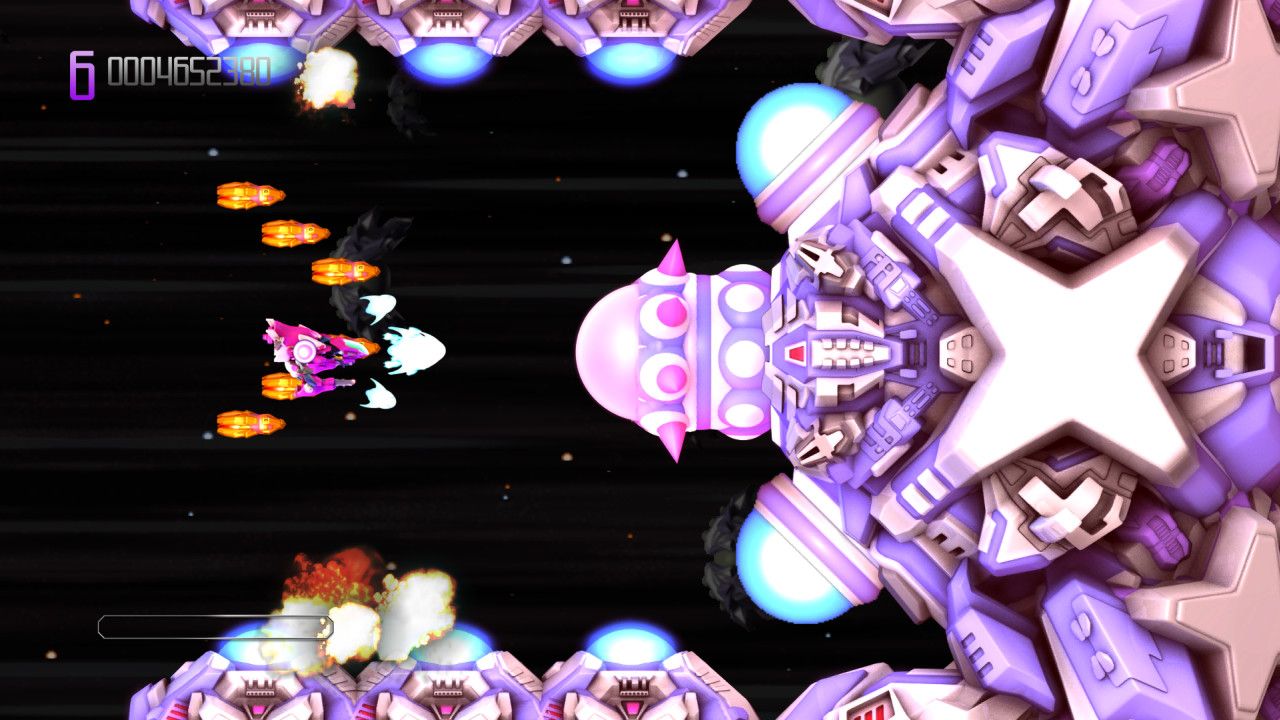It sometimes seems like history has forgotten about one of the most prolific gaming consoles of the late 1990s and early 2000s: the Sega Dreamcast. This was a short-lived but groundbreaking gaming system that permanently changed the landscape of console gaming forever. Despite its 1999 release, and its initial success, the Dreamcast was deemed as a commercial failure by early 2001. The Dreamcast simply could not compete with the hype from the PlayStation 2, and its failure is the primary reason as to why Sega decided to end its development of consoles, and why they now stick to developing games for third-party consoles. Even though their time as a console developer is over, Sega continues to create games from its most popular franchises to this day.
While the Dreamcast is largely a relic of the past at this point in time, it has gathered a rabid fan following who are unendingly loyal and supportive of the system. The Dreamcast might have seemed like a flash in the pan to outsiders, or to people who weren't alive at the time of the release of this console, but this system was just as technologically developed as consoles like the PlayStation 2 and the Nintendo GameCube. The Dreamcast was a surprisingly powerful system with notably advanced hardware and a whole host of interesting controllers, add-ons, and unique features. The range and capability of this system are truly impressive.
Here are the top fifteen secret facts about the Dreamcast that even loyal Sega fans might not know about.
15 You Can Raise A Virtual Pet Who Talks To You
The Dreamcast was a console with many standout titles, but no other games released for the system were as interesting and unique as the 1999 game Seaman. In this game, you raise a half-fish, half-human hybrid through several stages of development by using a microphone plugged into the VMU port to talk to your virtual pet. When talking to your Seaman, it could often understand basic questions and would even tell you special facts about things like your birthday. The game took place in real time, so if you neglected your Seaman pets for too long, they had the potential to fall ill and even die. Another interesting fact is that in the English language release, Leonard Nimoy of Star Trek fame was the main narrator for the game.
14 You Can Hone Your Typing Skills (While Killing Zombies)
Have you ever wanted to improve your typing speed, all while saving the city of Venice from a horde of flesh-eating monsters? Look no further than the 1998 title The Typing of the Dead. This game was a modification of the popular arcade game House of the Dead, but in this iteration of the series, players use a QWERTY keyboard instead of a light gun to take out zombies. In Typing of the Dead, you're given specific words and phrases to type out. As you continue to play the game, the difficulty of these passages increase. Just like in the original House of the Dead series, the choices you make in the game influence the direction of the overall story, leading to three possible endings players can achieve.
13 You Can Live Out Your Brazilian Carnival Fantasies
If you're looking for gameplay inspired by the music and rhythm of Brazil, look no further than the 1999 title Samba de Amigo. This was a unique rhythm game that stood out due to its unusual controllers. Samba de Amigo featured a set of maracas that players used to create spicy samba beats alongside several popular Latin tracks, including Harry Belafonte's "Jump In The Line" and Ricky Martin's "Livin' La Vida Loca." While it can be a little difficult to track down a copy of the game with its controllers included, Samba de Amigo was revived (without the maracas) for the Wii in 2008. This updated version includes several tributes to the game's original console, including levels based on iconic Dreamcast titles such as Sonic Adventure and Space Channel 5.
12 You Can Play Games That Never Made It Across The Pacific
One of the most disappointing aspects of the Dreamcast's short but prolific life was that after the perceived failure of the console, many great Japanese games never got to have their international debut. If you, like many others, were heartbroken at never getting a chance to get your hands on highly anticipated titles, such as Shenmue II, do not despair: there's an easy way to play imported games on your Dreamcast. If you're especially handy, you install a modchip, but there's an easier temporary fix that won't require you to break out your soldering tools. All you need to do is to get your hands on the Utopia Boot Disc, some CD-Rs, and a device that can burn disc images. Once you have the disc ready, pop it into your Dreamcast, change your zone settings, and then you're good to go.
11 The First Console That Could Surf The Web
A lot of Dreamcast fans will remember the novelty of being able to go onto the Internet using your television for the very first time, but one thing that some people don't realize about the Dreamcast is that this console was the very first system to have a built-in 56K modem. The modem was actually removable because Sega planned on providing upgraded hardware as technology progressed in the future, but the short lifespan of the console prevented this from happening. Along with basic Internet staples, such as email and web browsing, a whole host of online gaming options were possible using the Dreamcast. The system featured MMO titles, such as Phantasy Star Online, multiplayer puzzle games, such as Sega Swirl, and the ability to upload and trade your favorite customized Chao in Sonic Adventure.
10 You Can Take Pictures and Edit Them On Your Console
One interesting fact that some lifelong Dreamcast fans don't know about is that the system actually had a webcam attachment known as the DreamEye. This was one of the first cameras modified to be used with a console. The DreamEye was a Japan-only release that came out in late 2000, which was three years before the debut of the EyeToy on the PlayStation 2. Unlike the EyeToy and its descendants, such as the Kinect and the PlayStation Eye, the DreamEye also functioned as a digital still camera and could be taken outside to capture photos while also functioning as a webcam. This camera also came with a photo editing suite called Visual Park. This software was somewhere between Adobe Photoshop and a Japanese Purikura booth.
9 You Can Play Games In Higher Definition With A VGA Hookup
A lot of people don't know that long before the debut of the Xbox, the Dreamcast was actually the first console that had a VGA hookup component. This meant that if someone had the VGA adapter for the console, it could be connected to a computer monitor or to a television, resulting in a crisper image and better clarity and overall quality on your screen. While today, a 480p quality image isn't impressive, it was groundbreaking in the early 2000s. It's actually also possible to convert the Dreamcast to an HDMI signal, but because of the difference in technology between now and when the console was developed, the image quality you'll get from an analog-to-digital conversion might not be as good as you would hope.
8 The Dreamcast Had The First Real Open-World Sandbox Game
One of the most important releases on the Dreamcast was Shenmue, the first real open-world sandbox game to debut on a contemporary console. In Shenmue, you play as Ryo Hazuki, a man who is seeking revenge after the brutal murder of his father. Something unique about the game was that it pioneered the concept of Day/Night cycles in video games. It was also one of the first games to feature NPCs that had set schedules and routines that they followed. Most importantly, Shenmue popularized sandbox gameplay, which developer Yu Suzuki referred to as "Full Reactive Eyes Entertainment." This game was a commercial failure, despite being the most expensive game ever developed, but its influence in the gaming industry is indisputable.
7 Fulfill Your Dream Of Being A Train Conductor
While the Dreamcast did feature a lot of unique hardware, one of the weirdest and most specific controllers came with a Japan-only release titled Densha de Go!, which was a train driving simulator. In this game, players follow actual train routes throughout Japan. Your main task is to operate your trains on time, following a strict time table, maintaining the correct speed limit, and honking the train horn to warn track workers of your approach. It's not a title that's going to be for everyone, but to sweeten the pot a little, the game came with a realistic train console controller that mirrored the real-life controls used by actual train conductors in Japan. While the series has mostly been discontinued, the spirit of Densha de Go! lives on in other titles, such as Train Simulator.
6 The Dreamcast Was Partially Based On A Microsoft OS
Long before the debut of the Xbox, Microsoft worked along with Sega to develop the hardware of the Dreamcast. This was established by the console using the Microsoft CE OS as the basis for its programming. While CE wasn't technically installed on the Dreamcast, it did contain a wide range of CE libraries along with DirectX. The fact that the Dreamcast used DirectX libraries meant that the console was notoriously easy to program for, thereby increasing the amount and range of games that could be released on the console, giving developers more breathing room to work on gameplay and story content in their projects. The Dreamcast was originally meant to be a system that bridged the gap between console gaming and PC gaming.
5 All Dreamcast Discs Have A Hidden Surprise
There's an interesting Easter Egg hidden on each and every Dreamcast GD-Rom disc that was officially produced by Sega. Most Sega fans know that the GD-ROM was a special type of disc that was initially developed for Sega by Yamaha to try and combat video game piracy. Although the discs looked very similar to a standard CD, GD-ROMs had a larger capacity for memory and were compatible with DVD technology. However, as a method to try and prevent damage to Dreamcast games, there is one playable track that you can listen to if you put a Dreamcast disc into a standard CD player. The track contains the following message: "This is a Dreamcast disc and is for use only on a Dreamcast unit. Playing this disc on a Hi-Fi or other audio equipment can cause serious damage to its speakers. Please stop this disc now."
4 Sega Planned On Giving The Dreamcast An HDD And Cable
Right before the eventual downfall of the Dreamcast, Sega planned on signing a deal with a manufacturer known as Pace in order to make newer models of the Dreamcast function as part console, and part cable box. The original plan was to develop a console that could switch seamlessly between gameplay and cable signal. The new Dreamcast was even going to have a 40GB HDD included, which was an absolute luxury item at the time. The plan was to allow gamers to purchase and download games onto their hard drives. As you know, this is practically a standard in today's major consoles, but at the time, it was groundbreaking. In a lot of ways, the Dreamcast pioneered the way for a lot of things that made next-gen consoles great.
3 The Dreamcast Used The Same Hardware As Arcade Machines
One reason that the Dreamcast happened to feature a lot of arcade ports was that it used the same hardware as some existing arcade machines. The NAOMI arcade board, which stood for New Arcade Operation Machine Idea, was originally developed in 1998 for use in arcade titles, such as The House of the Dead 2. NAOMI was adapted into the hardware of the Dreamcast so that arcade titles could be ported onto the system more easily. This decision to use the NAOMI arcade board in the hardware of the Dreamcast opened the door for several other arcade titles and properties to be adapted for use on the system. Some of these titles included several Namco and Capcom game series, such as Pac-Man, Street Fighter, Resident Evil, and Soulcalibur.
2 The Dreamcast Had Totally Unique Memory Cards
One of the most memorable things about the Dreamcast has to be the special type of memory cards that were used with the console. These cards, known as Visual Memory Units, or VMUs for short, weren't just devices meant to store your game data. VMUs had a clock and calendar function, they had customizable menus, and they ran off watch batteries. To use a VMU, all you had to do was to remove the protective cap and plug it straight into your main controller. Another cool thing about VMUs was that several games had minigames you could play using the memory cards. For example, in Sonic Adventure, you could use your VMU to transfer eggs or raise your Chao's stats so it could perform better in Chao Garden races.
1 Independent Developers Are Still Making Dreamcast Games
It might seem like the Dreamcast is a system that has come to its end. While the last official release for the Dreamcast came out almost a decade ago, there's still hope for fans of the console who want to play new games. Several independent and homebrew developers are still currently making games for the console that you can download and play at any time you'd like. The developer HUCAST.NET has recently released a space shooter called Redux: Dark Matters for the console. If you're looking for an RPG, you can play Elysian Shadows: The Next Generation, a game published by the studio Watermelon. Another title that has been released recently for the console is Saber Rider and the Star Sheriffs.

